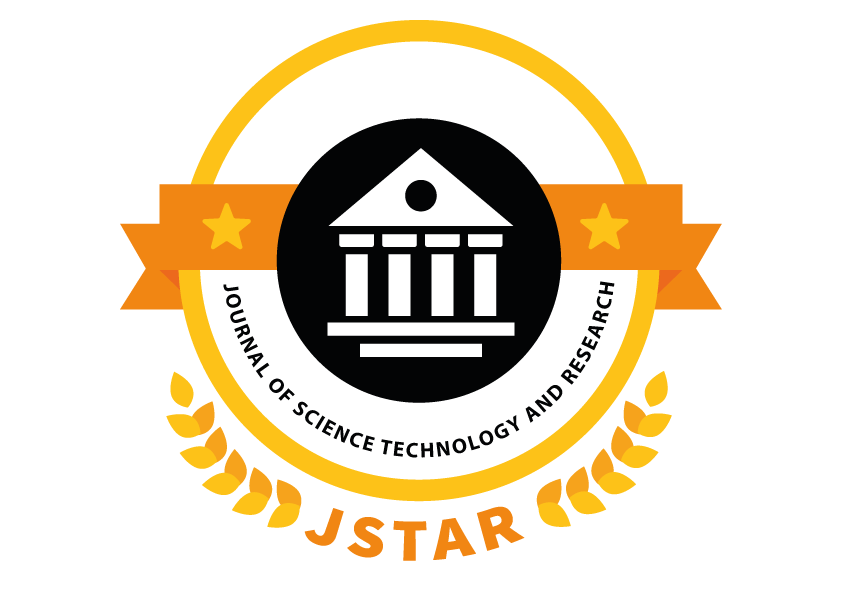Page No: 150-162
Abstract : Wearable sensor nodes, possessing constant monitoring features, produce a large
amount of data. Besides, power consumption is a major constraint in these nodes in ensuring
longer battery life as approximately 3/4th of the power of the sensor node is consumed during
data transmission. During smart long-term monitoring of any biomedical signal in wireless body
area networks, wearable sensor nodes generate and transmit a large amount of data, increasing
transmission power consumption. In order to reduce data storage and power consumption, a
lossless data compression technique for an electrocardiogram signal monitoring system is
proposed. For this, a hybrid lossless multi-level compression algorithm based on Golomb–Rice
coding and dictionary selection based on bitmask method is proposed to enhance the bit
compressing rate. Golomb–Rice coding is one of the efficient lossless coding techniques that has
been used where amplitude values of the input bit stream are significantly lower and with
continuous runs of ones and zeros. An efficient bitmask with dictionary selection technique can
create a large set of matching patterns that can significantly reduce the memory requirement for
a set of repeated random data. The lossless encoding scheme is implemented on the MIT-BIH
arrhythmia database, achieving a compression ratio better than the existing architecture.
Keyword High compression ratio, Wearable Sensor Nodes, Golomb–Rice coding, Compression
Techniques
